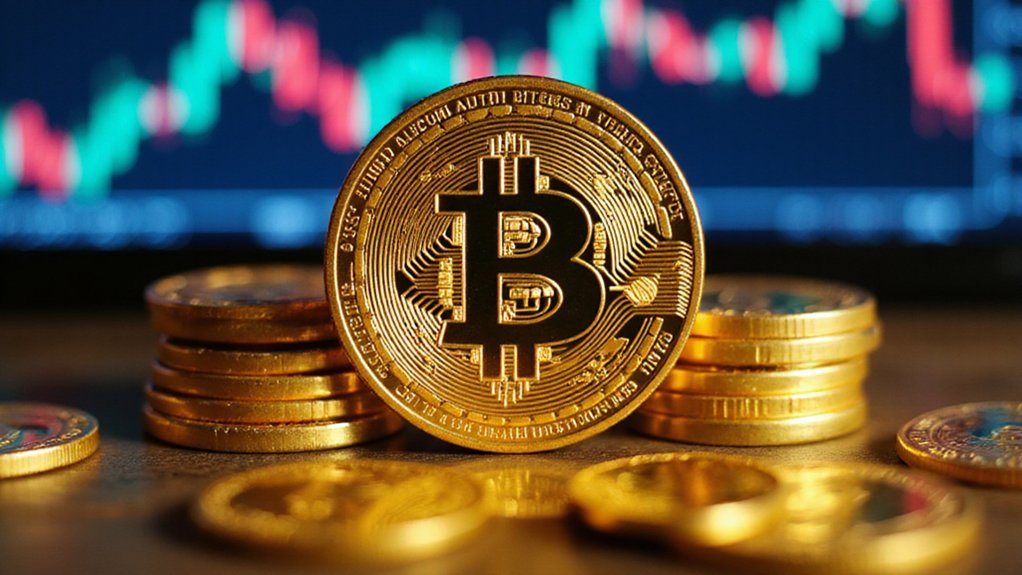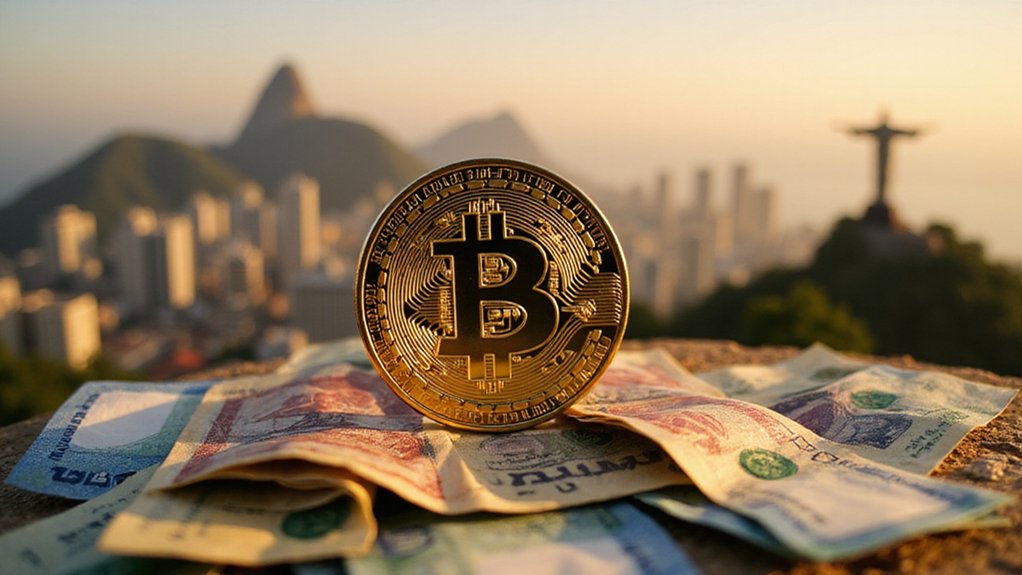While the carbon credit market has long resembled a fragmented bazaar where traders navigate over thirty different registries with all the coordination of a United Nations climate summit, JPMorgan Chase‘s blockchain division Kinexys and S&P Global Commodity Insights have launched an ambitious tokenization initiative that promises to impose some semblance of order on this $200 billion voluntary market.
The partnership tackles the fundamental challenge plaguing carbon markets: the absence of standardized infrastructure that would allow seamless data compatibility across registries. Each carbon credit, representing one ton of CO₂ emissions offset, currently exists in isolation within disparate systems that communicate about as effectively as rival cryptocurrency exchanges. Kinexys, which processes $2 billion in daily blockchain-based transactions, brings considerable technical expertise to address these interoperability nightmares.
Blockchain technology offers several compelling advantages for carbon credit management. The tamper-proof ledger guarantees transparency throughout the credit lifecycle—from emission through transfer to retirement—while enabling 24/7 settlement that traditional markets can only dream of achieving. This infrastructure directly confronts the opacity that has historically undermined corporate and investor confidence, creating an environment where double counting and fraud become notably more difficult to execute.
Blockchain’s tamper-proof transparency transforms carbon markets from opaque bazaars into fraud-resistant ecosystems operating around the clock.
The technical implementation focuses on managing three critical phases: credit emission, transfer, and retirement. By tokenizing these assets, the initiative aims to enhance market liquidity while reducing risks associated with fragmented credit management. The partnership leverages S&P Global’s market intelligence and registry expertise alongside JPMorgan’s blockchain capabilities, including their experience with digital tokens like JPMD on Ethereum Layer 2.
Beyond operational improvements, the project addresses broader sustainability objectives. Tokenized carbon credits could release trillions in climate finance investments by encouraging institutional investor participation through improved market infrastructure. The initiative supports corporate net-zero commitments while promoting environmental sustainability through verified carbon offset projects.
This proof of concept represents more than technological experimentation—it potentially establishes new standards for transparency and efficiency in environmental asset markets. By maintaining all transaction data and verification processes on chain, the platform ensures that every carbon credit’s history remains permanently accessible and immutable. Success could drive broader adoption of tokenized environmental instruments, transforming how climate finance operates.
Whether this blockchain experiment succeeds in taming the carbon credit wilderness remains to be seen, but the ambition certainly matches the market’s chaotic reputation.





